Category: Robotics
5 Applications of Robots That Have Revolutionized Manufacturing
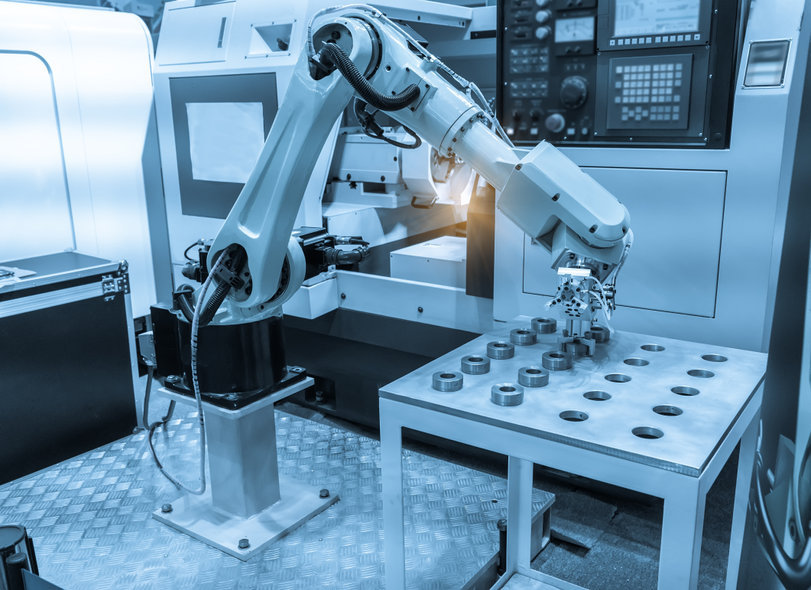
Industrial automation and robotics have revolutionized the manufacturing industry as these technologies help increase efficiency, throughput and productivity, while also offsetting labor shortages, boosting facility safety and enhancing product quality. Because robots offer so many impactful benefits, they provide a competitive edge for manufacturers who strive to produce more product at a lower cost. While […]
Custom vs. Standard Industrial Control Panels
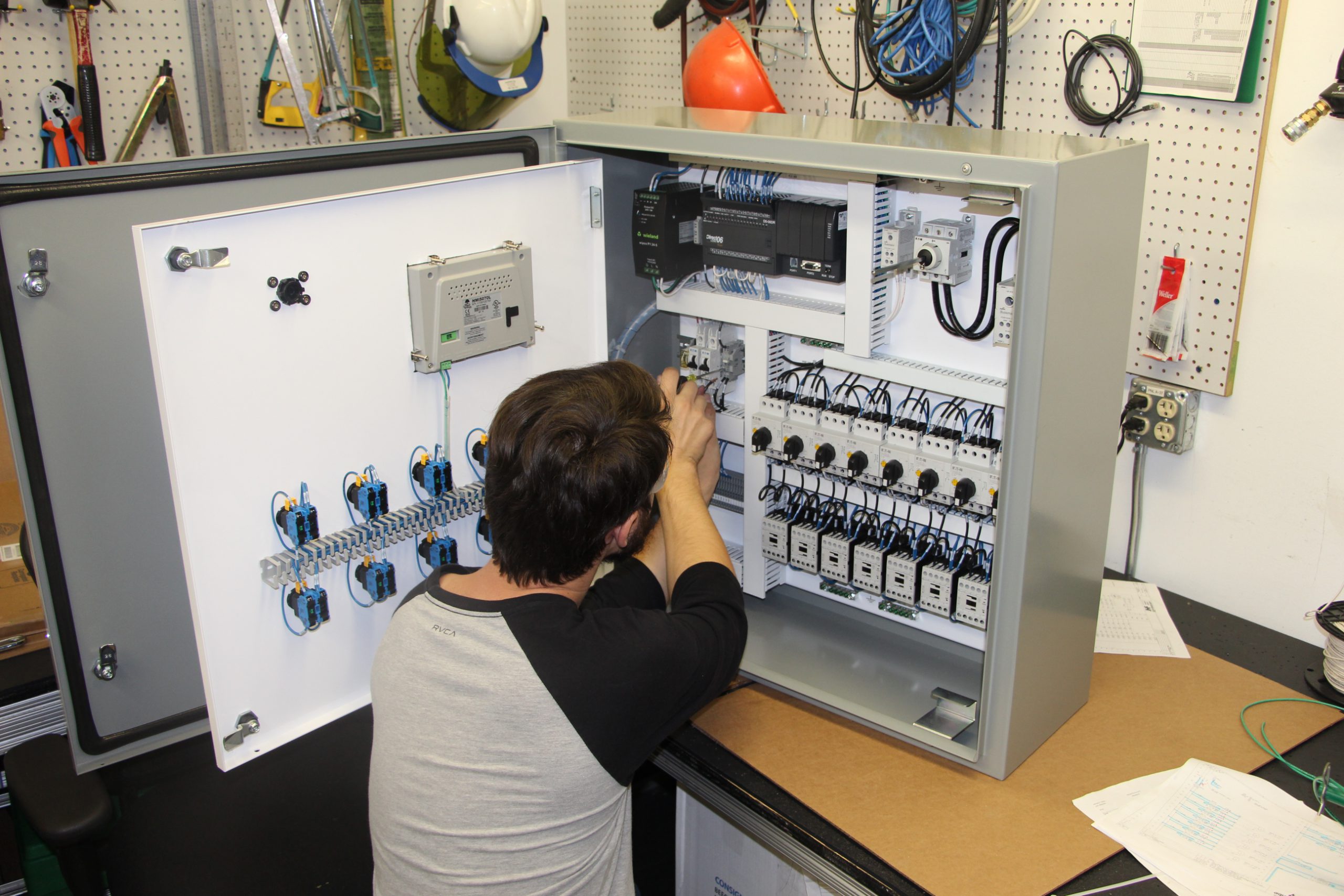
Industrial control panels impact safety and provide electrical supply and control to the machines and equipment that allow a business to successfully make its product, so it’s crucial to choose a control panel that meets the needs of the operation. While it can be overwhelming to consider all the available choices, the first step is […]
Machine Tending Robots Aid Pharmaceutical Manufacturing Compliance
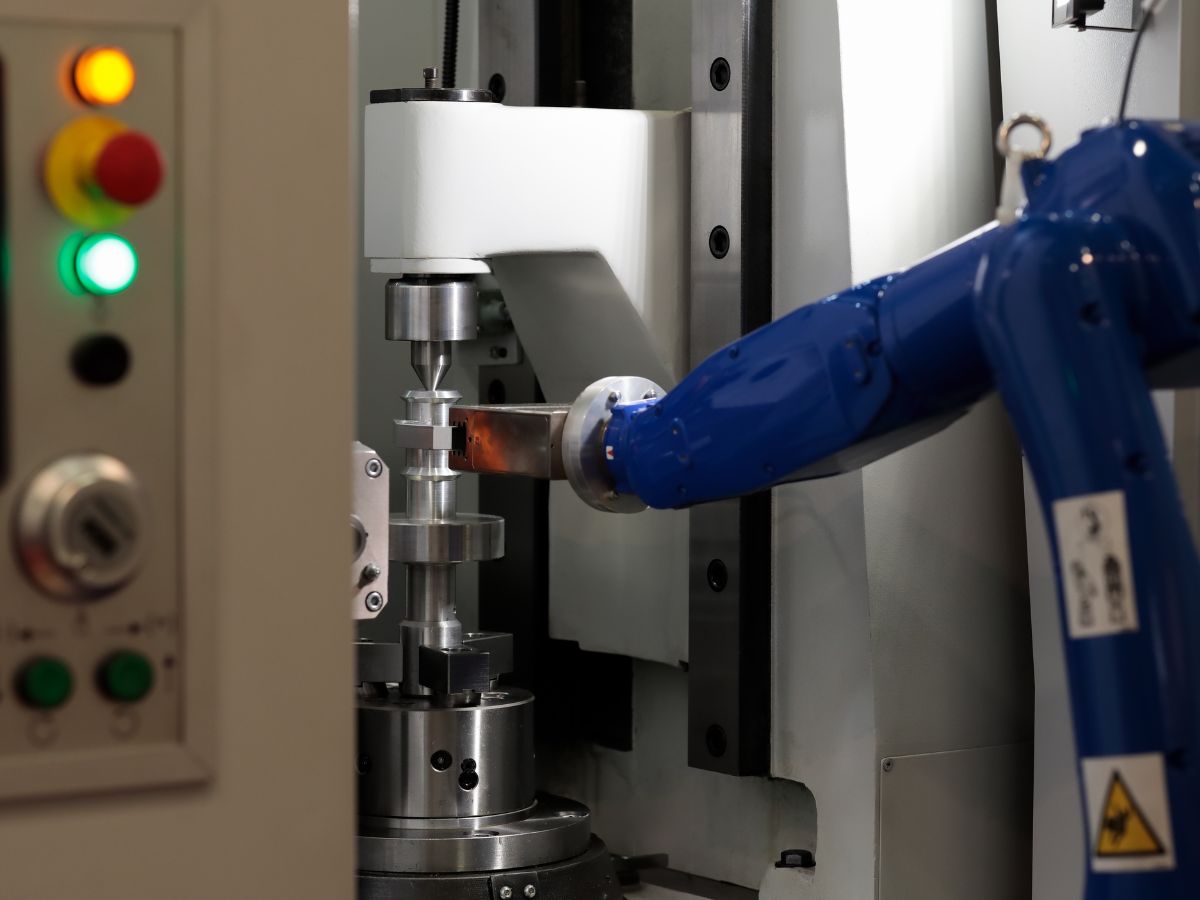
The pharmaceutical manufacturing industry has seen a lot of change in the years since the COVID-19 pandemic, which required drug manufacturers to increase efficiency and provide products to patients as quickly as possible while still maintaining the highest levels of quality and adhering to strict pharmaceutical regulations. To keep up with demand, drug producers had […]
Getting the Most from a Collaborative Robot Project
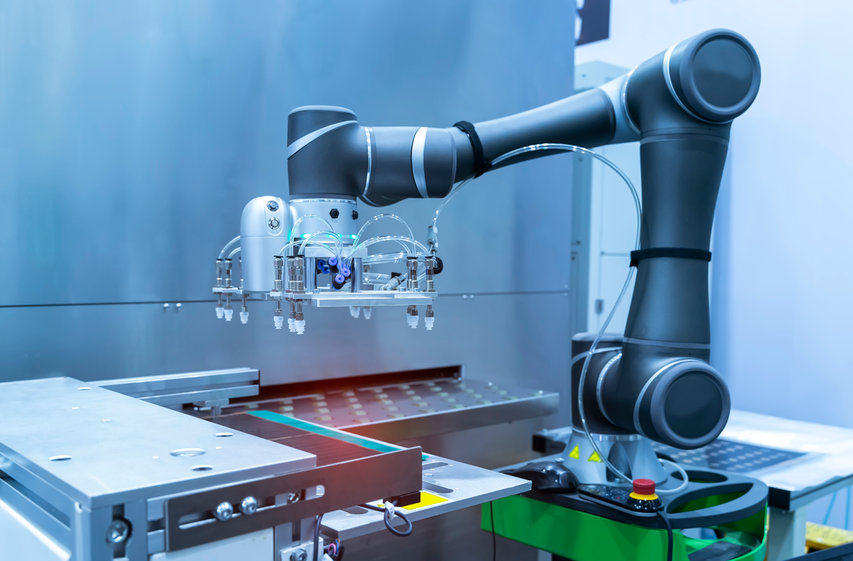
Although many experts state that collaborative robots are user friendly, it doesn’t mean that you can purchase one, plug it in and watch it perform miracles. While collaborative robots, also called cobots, are indeed less complicated than traditional industrial robots, to reap all the benefits a collaborative robot has to offer, it is essential that […]
Injection Molding Techniques Call for Flexible Parts Feeding Systems
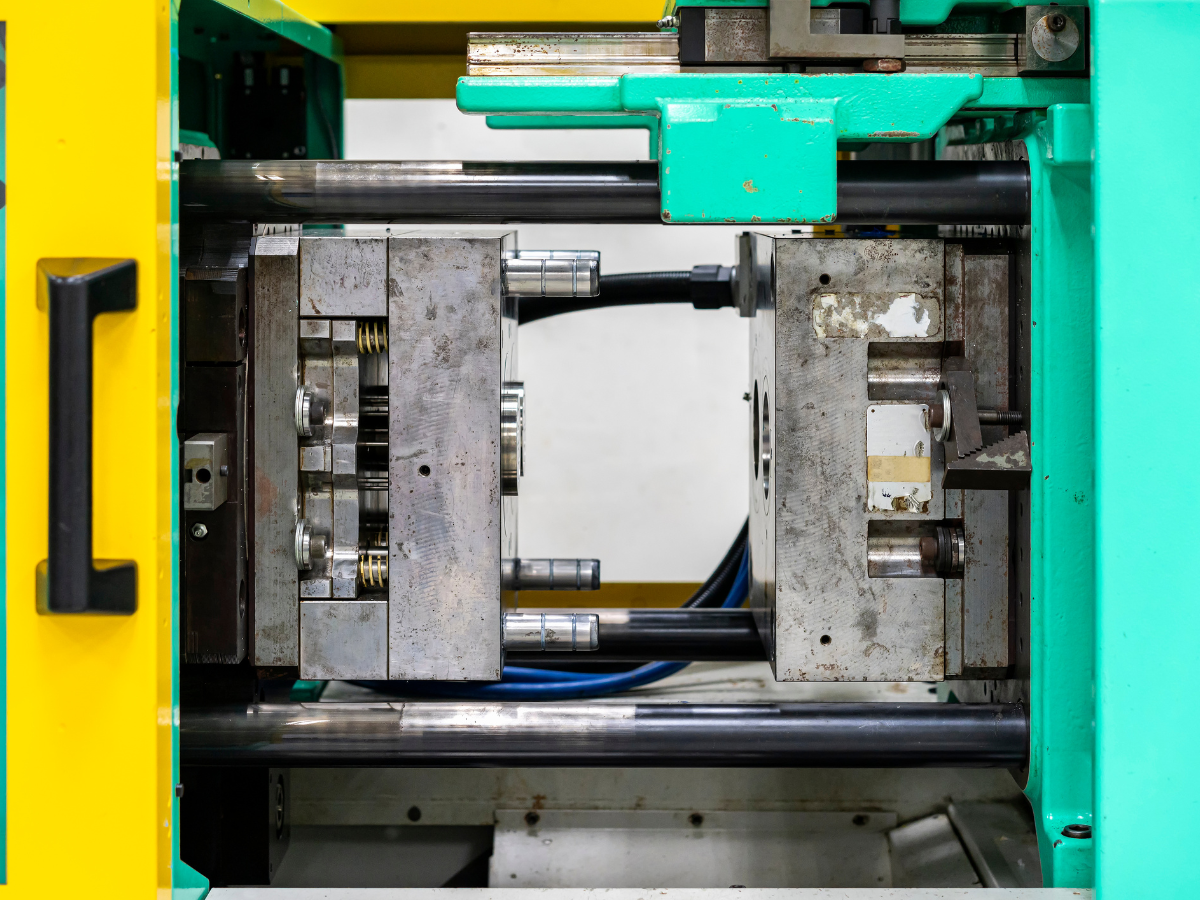
Traditional injection molding typically involves the use of volumetric and gravimetric feeders that precisely measure raw plastic granules, powders or pellets into the process. However, newer injection molding techniques – over molding and insert molding – call for an additional feeding system, an automated and flexible feeding system that can efficiently and accurately pick and […]
6 Benefits of Pick and Place Robots in Medical Manufacturing
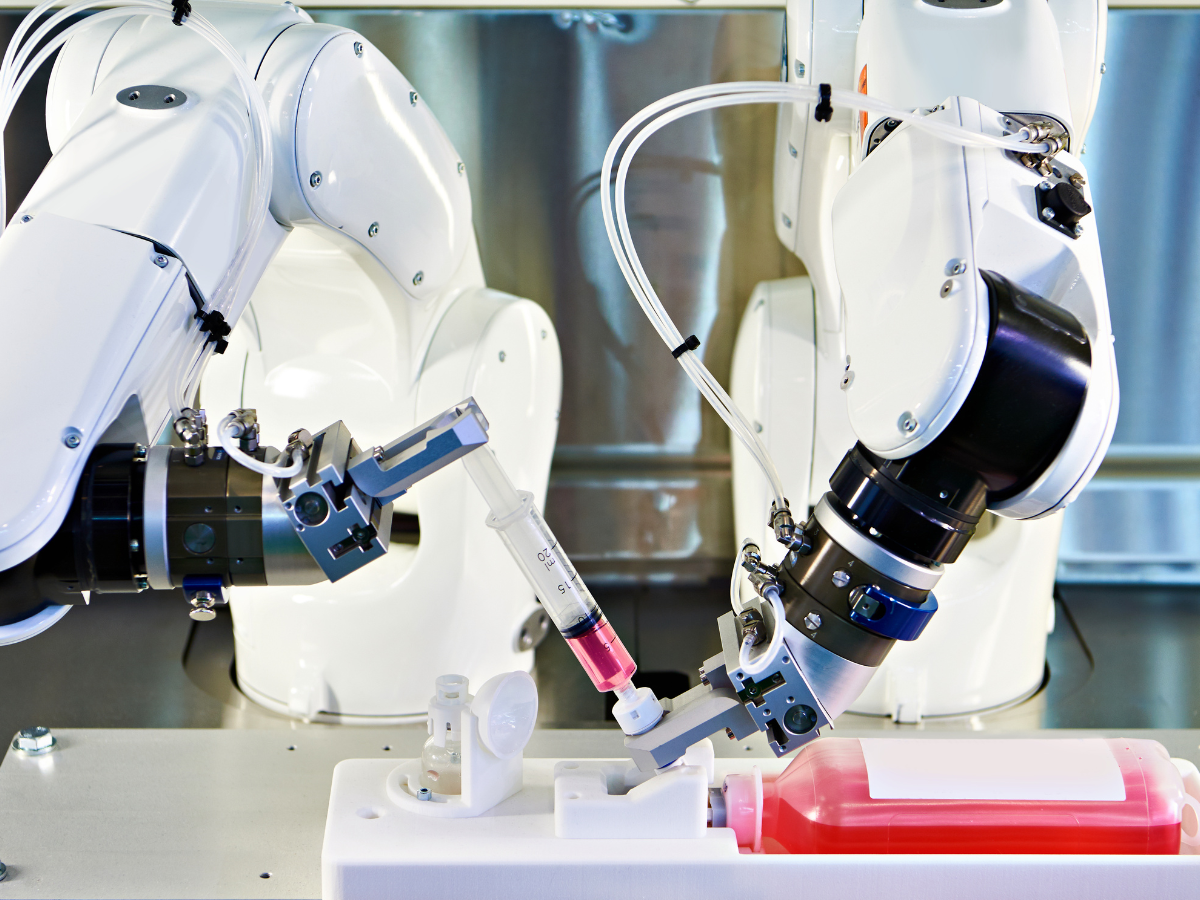
Due to increasing market demand and strict governmental regulations, medical device manufacturers must maximize throughput while producing products with strict consistency in a contamination-free, sterile environment. For these reasons, pick-and-place robots present an ideal solution for material handling, assembly and other operations in this unique industry. The Unique Needs of Medical Device Manufacturing Like most […]
6 Benefits of Automated Palletizers in the Pharmaceutical Industry
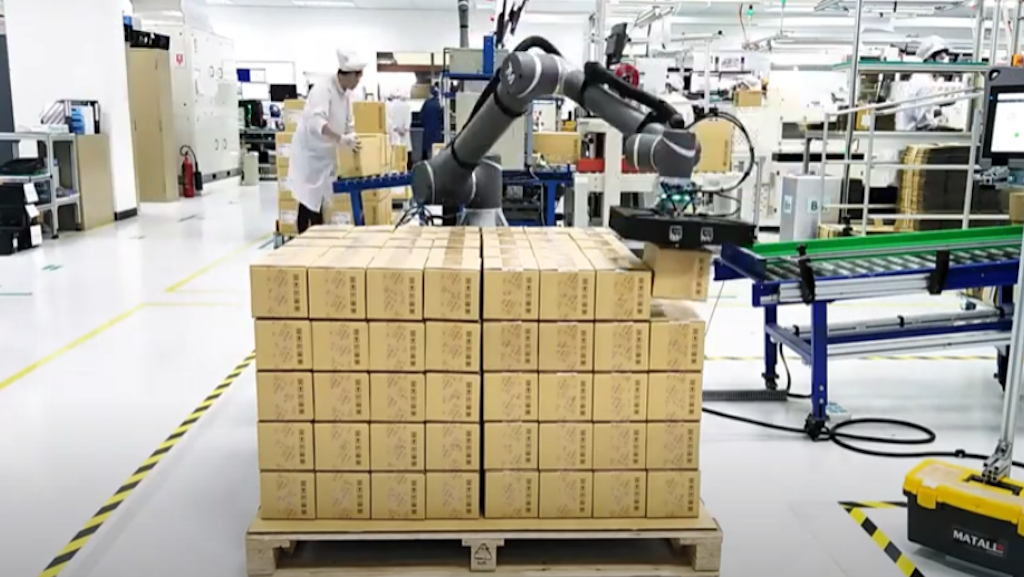
Like most manufacturers, producers of pharmaceuticals are currently experiencing a growing demand for products while also struggling with labor shortages, making efficiency crucial in this ultra-competitive industry. Fortunately, automated palletizers can help offset labor challenges by significantly minimizing the need for human workers in pallet handling operations. As a bonus, by reducing reliance on manual […]
Integration of Feeders and Cobots Revolutionizes Material Handling
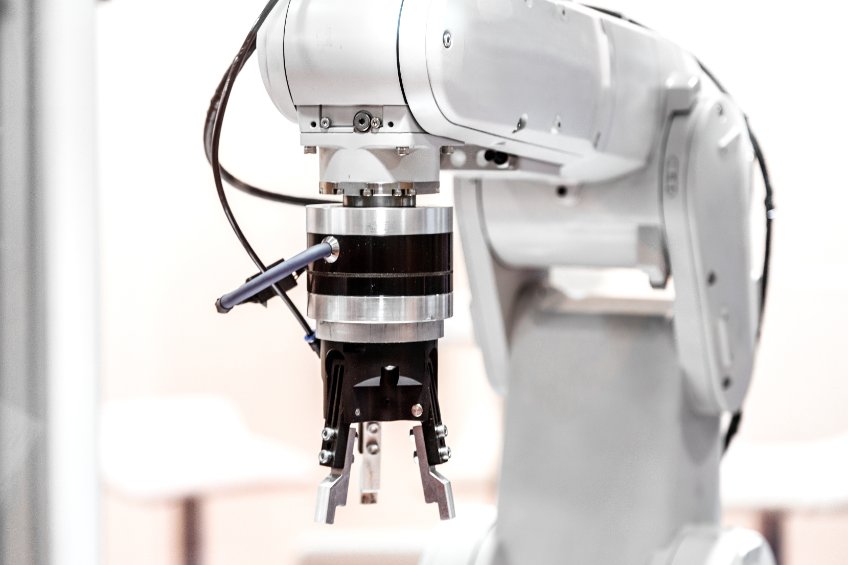
As manufacturers continue to seek ways to improve their productivity and efficiency, many are turning to automated feeding systems because the technology significantly speeds up the process of feeding parts to conveyors and assembly lines and improves the accuracy and consistency of material handling, enhancing productivity and throughput. To further boost efficiency, flexible feeding systems […]
Expert Programming Services Maximize Cobot Efficiency
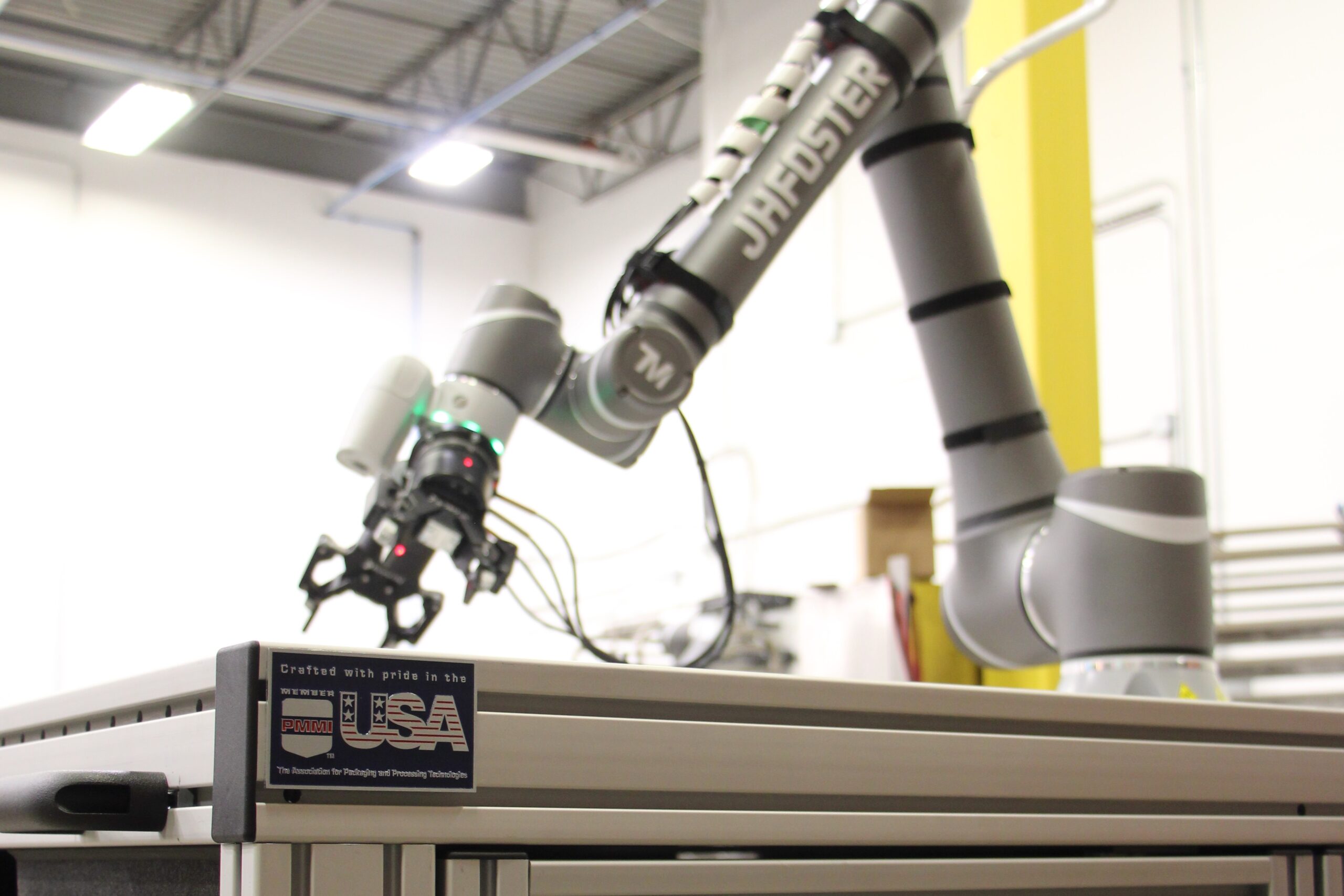
Cobots (collaborative robots) are an alternative to industrial robots that can be made to work safely alongside human workers with minimal guarding. Manufacturers who are unfamiliar with the technology or lack programming experience should consider working with an expert programmer to ensure optimal performance and safety. Cobots: 101 Collaborative robots are designed to be able […]
Pick and Place Robot Innovations Deliver for Food Manufacturers
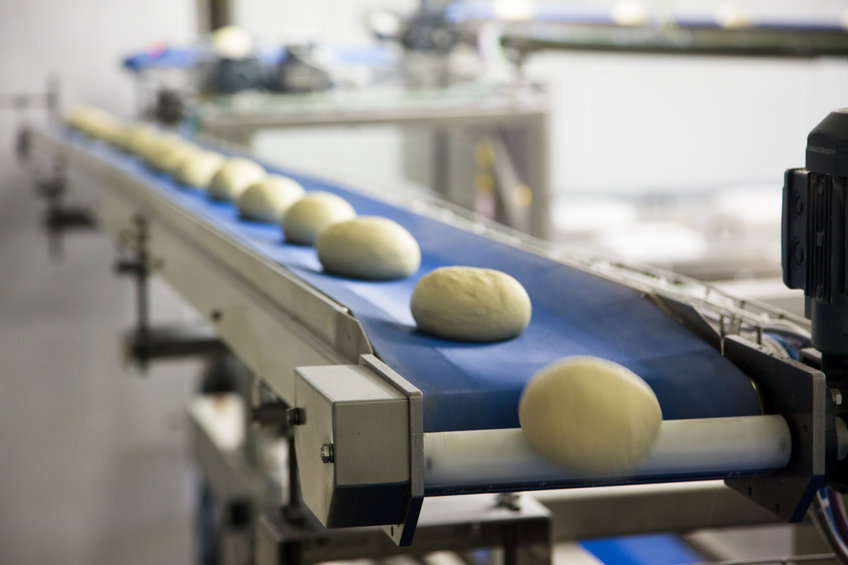
The worldwide need for food has never been greater and, as a result, the food processing industry is struggling to meet the demand. For this reason, smart food manufacturers are turning to automated solutions to boost efficiency, cut costs and ensure quality while also increasing throughput. Because pick and place robots are adept at managing […]